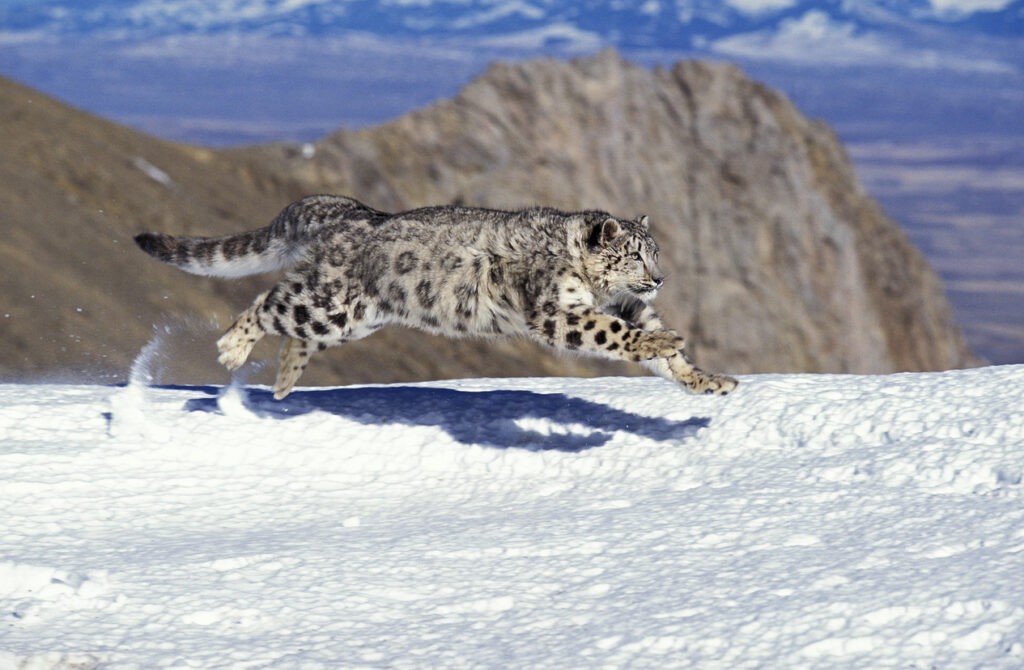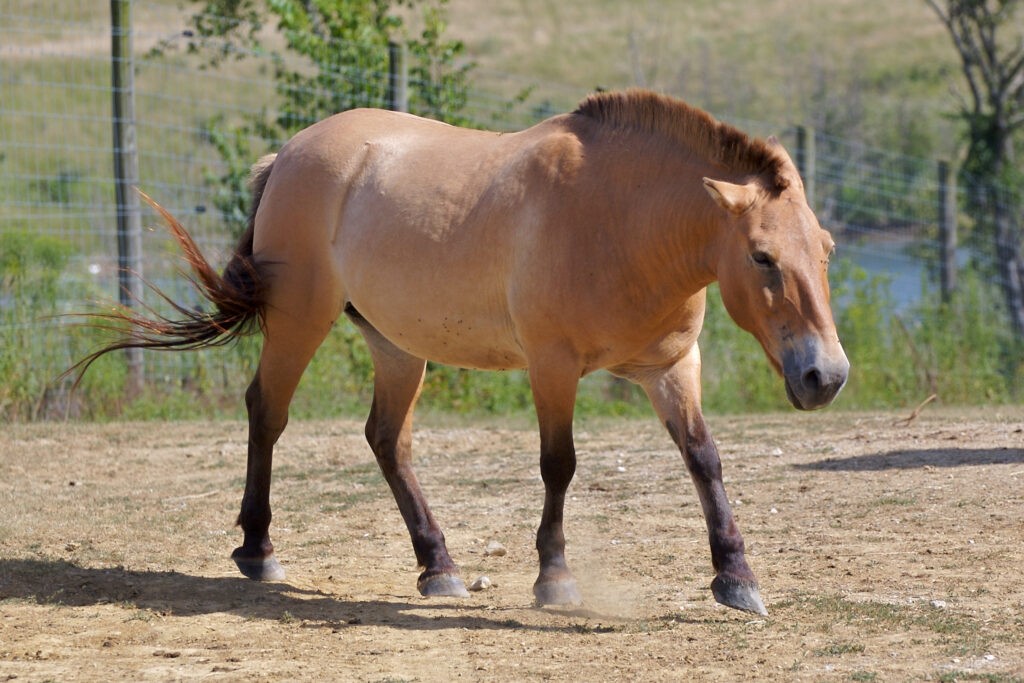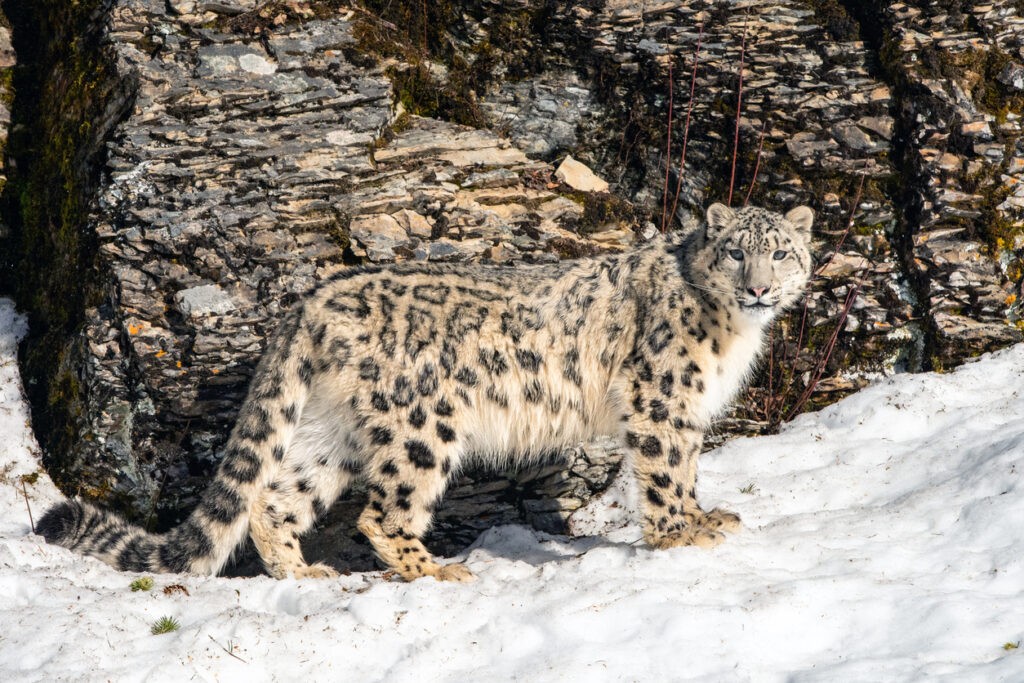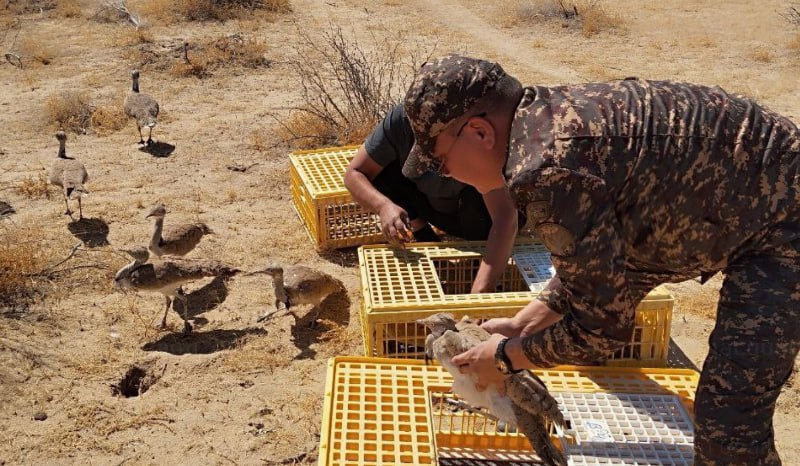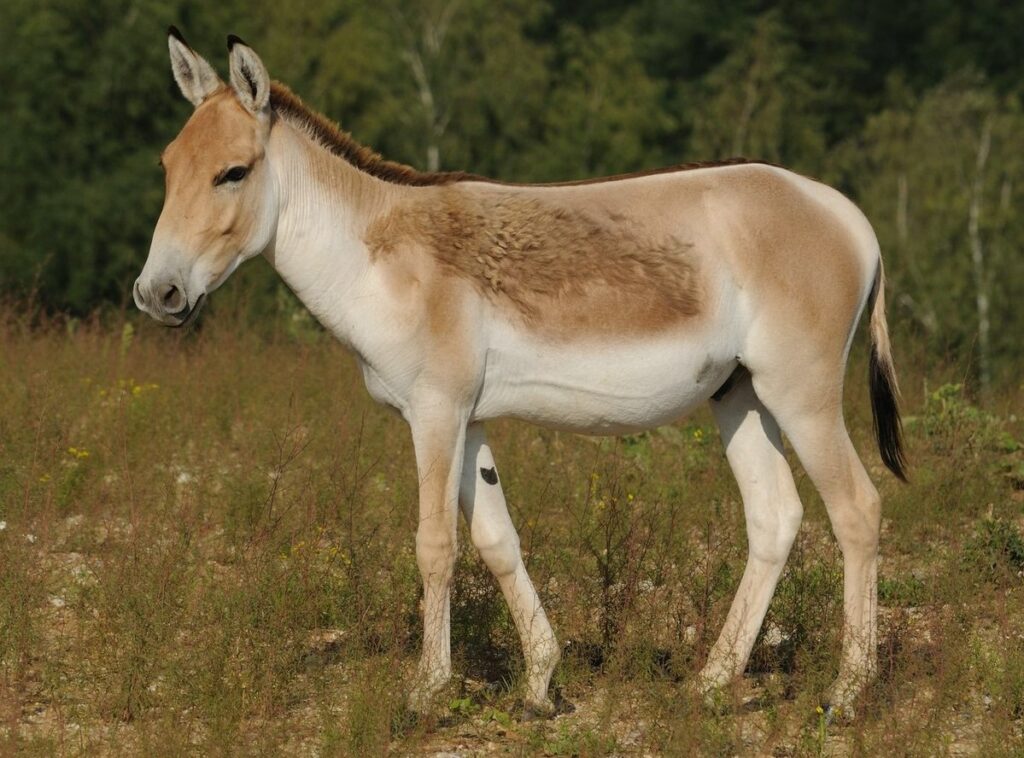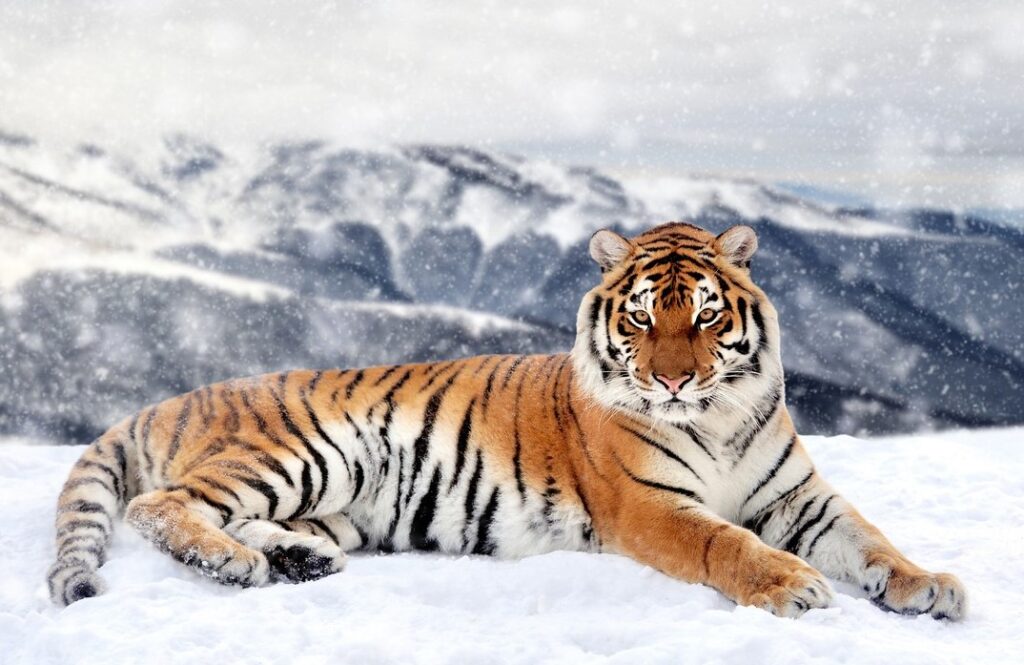Kazakhstan’s Snow Leopard Population Reaches Near-Historic Levels
The snow leopard population in Kazakhstan has rebounded to near-historic levels, with an estimated 152 to 189 individuals now residing in the country. This marks a significant achievement in conservation efforts, as such numbers were last observed in the 1980s. Despite this progress, human activity remains the most significant threat to the survival of this elusive predator. Known as the irbis, the snow leopard is listed in the International Union for Conservation of Nature's (IUCN) Red List and the national Red Books of all 12 countries within its range. In Kazakhstan, these majestic predators reside in mountainous areas such as the Altai, Tien Shan, Zhetysu Alatau, and other large mountain systems. Since 2018, Kazakhstan has implemented a snow leopard conservation project under the United Nations Development Program (UNDP). As a result, the snow leopard population has increased by more than 26% since 2019. Alexei Grachev, executive director of the Snow Leopard Foundation and head of the Snow Leopard Monitoring Center, noted that the species' numbers have stabilized, with protected areas playing a crucial role in their survival. Key habitats include Ile-Alatau National Park, Altyn-Emel, and the Katon-Karagai Reserve. The Zhetysu region, in particular, boasts the highest population density thanks to favorable conditions such as abundant prey, effective protection, and minimal human interference. In contrast, the snow leopard population in Katon-Karagai Park remains small. Their presence was first confirmed by photo traps in 2020. A recent sighting of a female with two cubs in the park indicates a gradual recovery. Despite the positive trends, snow leopards face several threats including poaching, expanding economic activities, climate change, and conflicts with local communities. To mitigate these risks, efforts are being made to establish new protected areas, such as the Merken Regional Park in Zhambyl Oblast. Satellite telemetry has also been introduced, with 11 leopards collared in 2021 to track their movements and better understand their behavior. The high mortality rate among young leopards is a pressing issue. Without the expansion of protected areas, juvenile leopards are forced to migrate to neighboring countries, increasing the likelihood of human-wildlife conflicts. To address this, Kazakhstan is offering financial compensation to herders whose livestock is attacked, thereby reducing the retaliatory killing of the predators. Kazakhstan’s conservation measures have been widely praised by the international community. Unlike many countries where snow leopard populations are declining or stagnating, Kazakhstan has achieved tangible growth. Collaborative efforts with Kyrgyzstan, bolstered by international memorandums, have further enhanced regional conservation efforts. Additionally, UNDP initiatives have improved protection in 14 natural areas across the country through the use of advanced technologies, including camera traps, drones, and thermal imaging devices. The recovery of the snow leopard population in Kazakhstan is a rare and noteworthy example of successful conservation. By safeguarding this iconic species, the country is contributing significantly to global biodiversity, demonstrating the impact of focused and sustained environmental efforts.
